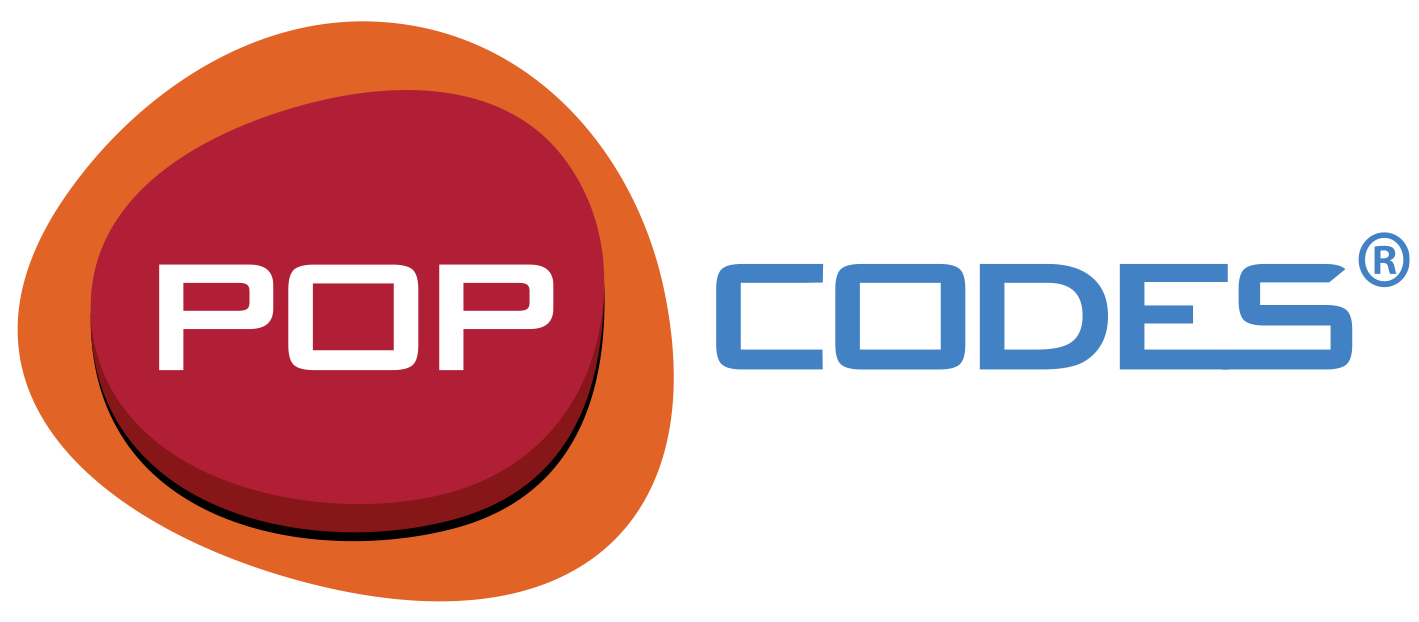There is a multi-trillion dollar gap between the online and physical shopping worlds – and POPcodes, officially launched today at the Money 20/20 conference, looks to be the bridge.
The way POPcodes works is customers get a simple and secure code (typically online although they could be used in offline collateral as well) from participating retailers and are able to use that code to redeem purchases or promotions in-store, either when at the cash register or through any in-store device connected to POPcodes (like associates using iPads or at an in-store kiosk).
To make things simple, according to co-founder Gregg Aamoth, POPcodes stayed out of the actual transaction part of the exchange and, instead, allows customers to simply reserve items for in-store purchase. Retailers will likely find POPcodes to increase conversion (and decrease shopping cart abandonment) for a few reasons. One, by picking up in store, consumers not only avoid shipping fees (a major reason for shopping carts being abandoned), but they also have the convenience of getting their products much quicker as products are in-stock locally. Secondly, since POPcodes is just reserving the item, consumers can pay how they want to once they are in the store – with cash, credit card or a virtual wallet like ApplePay.
Aside from increased conversion, POPcodes also has the potential to boost average order values (AOVs), as consumers are actually going into the store, where they can experience store displays, and buy their items in the checkout line, rather than at a front-of-the-store customer service line where angry customers may be returning products and no merchandise is being sold.
What’s more, the pay-in-store feature could also decrease the number of chargebacks merchants receive, because they are able to prove (through customer signature, receipts, etc.) that the product was delivered to the consumer. Finally, according to a recent interview with IBM, many retailers offering in-store pickup are finding that their return rates are rapidly increasing, as consumers are purchasing various versions (sizes, colors, etc.) of the same product to see which ones they prefer and returning the items immediately in-store. POPcodes eliminates that hassle as, yes the inventory is being held for them, but no financial transaction has taken place (yet).
POPcodes, although it doesn’t claim to be (nor does it want to be) a full e-commerce platform or ERP system, has really hit the key steps in the path to purchase to give consumers more control and retailers the ability to offer omnichannel features that consumers are not only demanding, but also coming to expect.
It’s clear that POPcodes was built by executives who have lived retail (like top positions at Macy’s) and took their lessons learned and put it in a solution that connects online and offline transactions simply through a customer’s verified phone number and three-digit passcode. This idea also helps track a customer over his or her lifetime as POPcodes links online consumer data with in-store transactions, where most sales are happening anyway, regardless of how much e-commerce retailers are mimicking the in-store experience.
